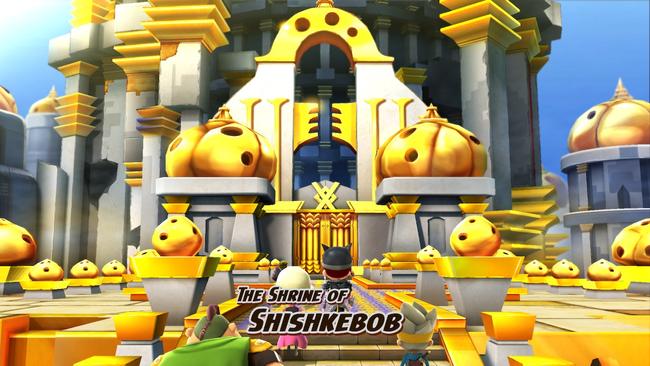

I learn best when I have some kind of project in front of me and at that time I had played games like DND, Rogue, Hack and NetHack (and seen Omega) and loved the genre.

Thomas Biskup: ADOM got started when I, during my days as a student of computer science, decided to learn a new programming language (C specifically). John Harris: So, first question: How did ADOM get started?ĭr. The whole has been trimmed somewhat and edited for publication. The second half was done recently, and is generally up-to-date. The first part of this interview was done about a year and a half ago. Thomas Biskup is both friendly and willing to talk about the game he has spent so much time and energy on, and recently spoke with us about both ADOM and its in-development sequel, Ultimate ADOM. (Rogue was never released as open-source, but the common variant Rogue Clone IV was.) Thanks to the 7DRL competition (“7-Day Roguelike”), thousands of people have made toy roguelikes of their own, but to create one on the scale of ADOM, a game arguably as complex as even mighty NetHack itself, is a terrific feat.įortunately, ADOM creator Dr.
#Dungeon crawl stone soup pop culture references code
And of them all, only ADOM’s source code is not available to a curious player. Of all of these, only the last two could rightly be considered the work of a single person. Initial experiences in using this auto-dynamic difficulty testbed have been quite promising, and have demonstrated its suitability for the task at hand.Although marketing and endless cloning have devalued the meaning of the term “roguelike” in recent years (most of which should be called “roguelites,” if even that), there are six games, I say, that should be considered the Major Roguelikes, the canonical ones, those that combine fidelity to the concept with popularity and size of player base: Rogue itself of course, NetHack, Angband, Dungeon Crawl Stone Soup, Brogue, and ADOM, a.k.a. Not only does this testbed environment provide facilities for conducting user studies to investigate the factors involved in auto-dynamic difficulty, but this testbed also provides support for developers to build new algorithms and technologies that use auto-dynamic difficulty adjustment to improve gameplay. This paper presents an experimental testbed to enable auto-dynamic difficulty adjustment in games. Auto-dynamic difficulty, however, is a technique for adjusting gameplay to better suit player needs and expectations that holds promise to overcome this problem. all players using conventional techniques. Considering the wide range of player skill, emotional motivators, and tolerance for frustration, it is simply impossible for developers to deliver a game with an appropriate level of challenge and difficulty to satisfy.

KEYWORDS Auto-dynamic difficulty, difficulty adjustment in games ABSTRACT Providing gameplay that is satisfying to a broad player audience is an appealing goal to game developers. Concept-aware feature extraction for knowledge Michelle Yeo, Alireza Makhzani, Heinrich Küttler, JohnĪgapiou, Julian Schrittwieser, et al. Oriol Vinyals, Timo Ewalds, Sergeyīartunov, Petko Georgiev, Alexander Sasha Vezhnevets, Advances in Neural Information Processing Elf: An extensive, lightweight and flexible research platform for real-time In Proceedings of the 25th AAAIĬonference on Artificial Intelligence. In Proceedings of the 26th AAAI Conference on Artificial Intelligence, pages 2180-2185.


 0 kommentar(er)
0 kommentar(er)
